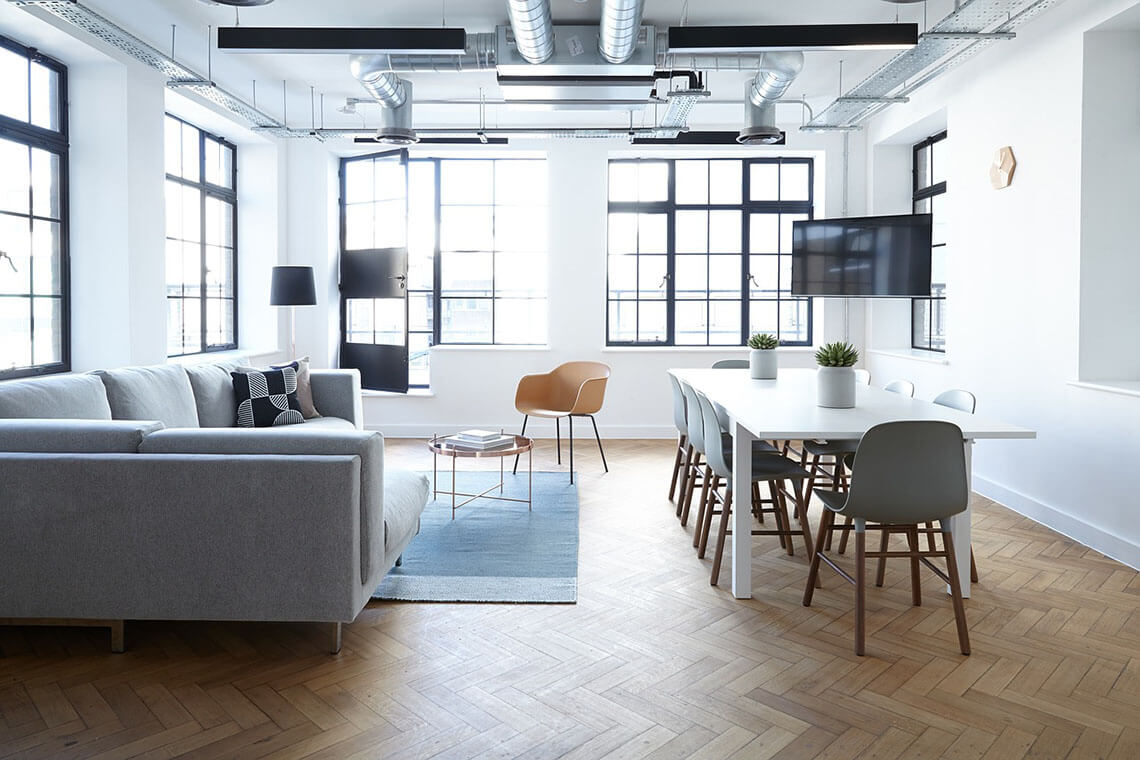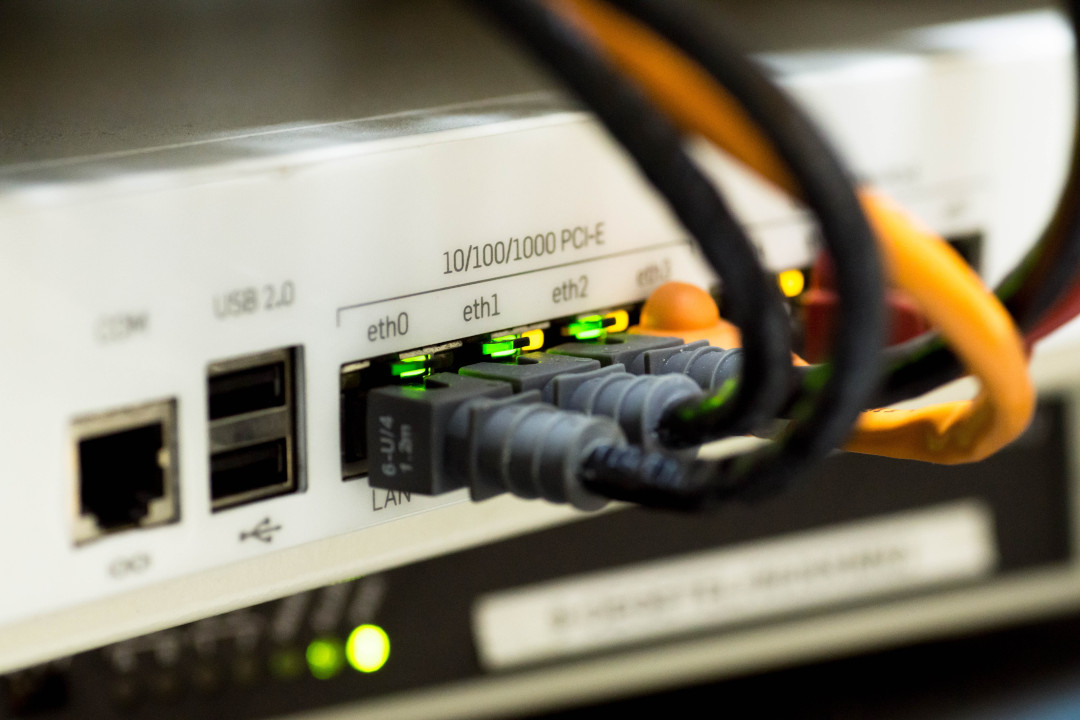
Many of us have heard the terms smart home, connected home, home automation, and internet of things, but what do these terms mean for us and for our homes? What do we need to know to get the maximum possible value in our everyday life from a smart home?
Smart devices control
The first experience most consumers have with the smart home is that of alternative control, being able to control their new devices in new ways, from their mobile or computer. These are devices that connect to our home network or the internet, and through this connection, they allow alternative control, via smartphone or voice. This is where the term connected home comes from, a home in which its devices are connected to each other or connected to the internet. This term is mainly about equipment and infrastructure.
But the excitement for something new and impressive focuses consumers’ attention only on what they gain and not what they lose. Imagine that you come home at night and after unlocking the door you have to take out your phone, open the appropriate application and find the right option to turn on the lights. Or alternatively shout at the smart speaker across the room, which may not understand your request, and turn on the lights in another room or do something completely different. In this case. you’ve replaced the convenient switch by the door with a switch that’s inside an app, inside your phone, inside your pocket. A truly smart home will know when you are away from home, and when you are back it will automatically turn on the lights, heating or air conditioning, and whatever else is needed.

The role of home automation
In most cases, the ideal control application is no application at all. This is where the term home automation comes in. At a central point in the house, there is a control device, which has the role of the brain of the smart home and to which all other devices are connected. Based on the rules we set, it makes decisions and performs actions automatically in the background. These actions, or otherwise home automations, should integrate with your daily life and not disrupt it. They should act like an invisible hand that flips the switch before you need to, or better yet before you even think you need to.
Therefore, the smart home should consist of a combination of connected devices and home automation. Connected devices only offer the infrastructure, which automations leverage to provide everyday conveniences and improved living conditions. When designing a smart home we should give due weight to the design and implementation of the automations. By analyzing the daily activities of the family and the points that cause stress or dissatisfaction, we can design solutions to these problems without introducing new ones.
A proper home automation system works for us in the background without being disruptive, but at the same time provides enough value that we’d miss it if we didn’t have it.
Sources:
- Paulus Schoutsen – Home Assistant
- Alan Byrne – Home Automation Guy

